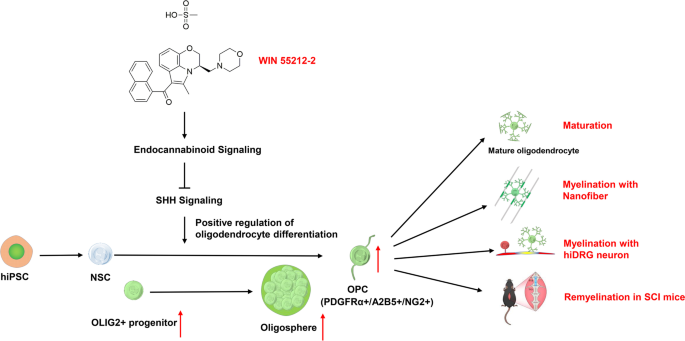
“There is evidence that demonstrates the effect of cannabinoid agonists inhibiting relevant aspects in lung cancer, such as proliferation or epithelial-to-mesenchymal transition (EMT).
Most of these studies are based on evidence observed in in vitro models developed on cancer cell lines. These studies do not consider the complexity of the tumor microenvironment (TME). One of the main components of the TME is cancer-associated fibroblasts (CAFs), cells that are relevant in the control of proliferation and metastasis in lung cancer.
In this work, we evaluated the direct effects of two cannabinoid agonists, tetrahydrocannabinol (THC) and cannabidiol (CBD), used alone or in combination, on CAFs and non-tumor normal fibroblasts (NFs) isolated from adenocarcinoma or from healthy lung tissue from the same patients.
We observed that these compounds decrease cell density in vitro and inhibit the increase in the relative expression of type 1 collagen (COL1A1) and fibroblast-specific protein 1 (FSP1) induced by transforming growth factor beta (TGFβ). On the other hand, we studied whether THC and CBD could modulate the interactions between CAFs or NFs and cancer cells. We conditioned the culture medium with stromal cells treated or not with THC and/or CBD and cultured A549 cells with them.
We found that culture media conditioned with CAFs or NFs increased cell density, induced morphological changes consistent with EMT, inhibited cadherin-1 (CDH1) gene expression, and induced an increase in the relative expression of cadherin-2 (CDH2) and vimentin (VIM) genes in A549 cells. These changes were inhibited or decreased by THC and CBD administered alone or in combination. In another series of experiments, we conditioned culture media with A549 cells treated or not with THC and/or CBD, in the presence or absence of TGFβ. We observed that culture media conditioned with A549 in the presence of TGFβ induced an increase in the expression of COL1A1 and VIM, both in CAFs and in non-tumor NFs. Both THC and CBD ameliorated these effects.
In summary, the results presented here reinforce the usefulness of cannabinoid agonists for the treatment of some relevant aspects of lung cancer pathology, and demonstrate in a novel way their possible effects on CAFs as a result of their relationship with cancer cells. Likewise, the results reinforce the usefulness of the combined use of THC and CBD, which has important advantages in relation to the possibility of using lower doses, thus minimizing the psychoactive effects of THC.”
https://pubmed.ncbi.nlm.nih.gov/35743206/
https://www.mdpi.com/1422-0067/23/12/6766









